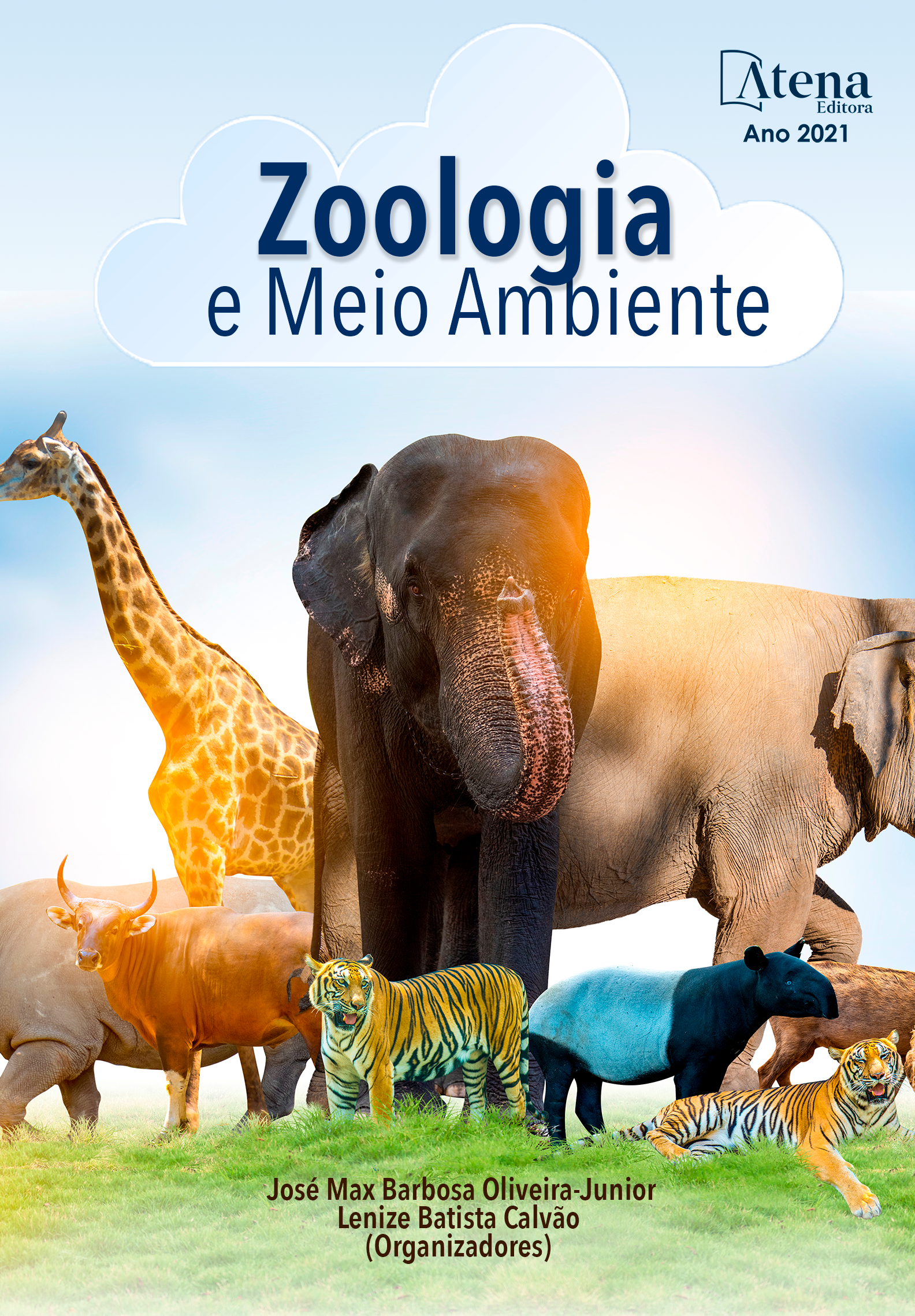
BIOTANATOLOGIA: AÇÃO DOS FENÔMENOS CADAVÉRICOS DE FAUNA E FLORA OBSERVADOS EM CARCAÇA DE SUINO Sus scrofa Linnaeus (Suidae) ORIUNDOS DE ÁREA SILVESTRE NA REGIÃO CENTRAL DO BRASIL
A decomposição é o processo de degradação de um cadáver em seus respectivos constituintes básicos por ação de agentes biológicos (microrganismos e artrópodes) e abióticos (condições climáticas). As mudanças post mortem podem ser organizadas nas interações que antecedem a morte (livor, algor e rigor mortis) e fases de putrefação do cadáver. Estas alterações funcionam como indicadores adequados para a determinação do intervalo post mortem (IPM). Neste trabalho, foram coletadas amostras e observadas a ação dos agentes biológicos (insetos e fungos) na fase de putrefação em modelo experimental Sus scrofa. Foram coletados 5.009 espécimes de insetos, em três ordens, 15 famílias, 22 subfamília, 39 gêneros e 47 espécies. Diptera foi o grupo mais representativo, com 2.848 indivíduos (56,9%), seguidos de Hymenoptera com 1.628 (32,5%) e Coleoptera com 533 (10,6%). Os dípteros estiveram presentes em todas as fases de decomposição cadavérica, sendo período de fermentação butírica (26,6%) mais relevante. Hymenopteros também estiveram presentes nas fase de fermentação butírica (15,8%) e os coleópteros na fase final decomposição (7,8%). Em relação aos fungos, foram isolados 223 espécimens, dentre os filamentosos identificados foram observado à presença de quatro ordens: Eurotiales (44,4%), Mucorales (14,8%), Hypocreales (8,1%) com destaque para a espécie Aspergillus terreus. Nos fungos leveduriformes isolou-se as ordens Saccharomycetales (9,9%) com representantes do gênero Candida, Rodothorula e Pichia e os Tremellales (1,3%) com representantes do gênero Trichosporon. Estas entidades microbiológicas foram coletadas durante todas as fases dos fenômenos cadavéricos, com destaque para o número de UFC’s nos períodos de decomposição ativa (26%) e a pele (22,4%) o sitio anatômico com maior número de isolamento seguido pelas mucosas genital e perianal (17,5%) respectivamente. O estudo que envolve a biota cadavérica é de extrema importância como ferramenta de elucidação. A micologia forense é um campo rico em informações e os fungos podem interagir e fornecer informações, no auxílio ao estudo do tempo de morte envolvendo casos periciais.
BIOTANATOLOGIA: AÇÃO DOS FENÔMENOS CADAVÉRICOS DE FAUNA E FLORA OBSERVADOS EM CARCAÇA DE SUINO Sus scrofa Linnaeus (Suidae) ORIUNDOS DE ÁREA SILVESTRE NA REGIÃO CENTRAL DO BRASIL
-
DOI: 10.22533/at.ed.55021090212
-
Palavras-chave: Tanatologia, Entomologia forense, Micologia Forense, Microbiota cadavérica, Fauna e Flora.
-
Keywords: Tanatology, Forensic Entomology, Forensic Mycology, Cadaveric Microbiota, Fauna and Flora.
-
Abstract:
Decomposition is the process of degradation of a cadaver in its respective basic constituents by the action of biological agents (microorganisms and arthropods) and abiotic (climatic conditions). Post mortem changes can be organized in interactions leading up to death (livor, algor and rigor mortis) and stages of putrefaction of the corpse. These changes act as appropriate indicators for the determination of the post mortem interval (MPI). In this work, samples were collected and the action of biological agents (insects and fungi) was observed in the putrefaction phase in an experimental model Sus scrofa. We collected 5,009 insect specimens in three orders, 15 families, 22 subfamilies, 39 genera and 47 species. Diptera was the most representative group, with 2,848 individuals (56.9%), followed by Hymenoptera with 1,628 (32.5%) and Coleoptera with 533 (10.6%). Dipterans were present in all phases of cadaveric decomposition, being a period of butyric fermentation (26.6%) more relevant. Hymenopteros were also present in the butyric fermentation phase (15.8%) and coleopterans in the final phase decomposition (7.8%). Regarding fungi, 223 specimens were isolated, among the filamentous identified were observed in the presence of four orders: Eurotiales (44.4%), Mucorales (14.8%), Hypocreales (8.1%) highlighting the species Aspergillus terreus. Saccharomycetales (9.9%) with representatives of the genus Candida, Rodothorula and Pichia and the Tremellales (1.3%) representatives of the genus Trichosporon. These microbiological entities were collected during all phases of cadaveric phenomena, with emphasis on the number of CFU's in the periods of active decomposition (26%) and the skin (22.4%) the anatomical site with the highest number of isolation followed by the genital and perianal mucosa (17.5%) Respectively. The study involving cadaveric biota is extremely important as a tool for elucidation. Forensic mycology is a field rich in information and fungi can interact and provide information, in aid of the study of time of death involving forensic cases.
-
Número de páginas: 50
- ELISANGELA SANTANA DE OLIVEIRA DANTAS
- DIANA COSTA NASCIMENTO
- HEITOR SIMÕES DUTRA CORREA
- PAULO ANSELMO NUNES FELIPPE
- RODRIGO ANTÔNIO ARAÚJO PIRES
- LUCIANA DA SILVA RUIZ
- MÁRCIA DE SOUZA CARVALHO MELHEM
- CLAUDETE RODRIGUES PAULA
- DINIZ PEREIRA LEITE JÚNIOR


